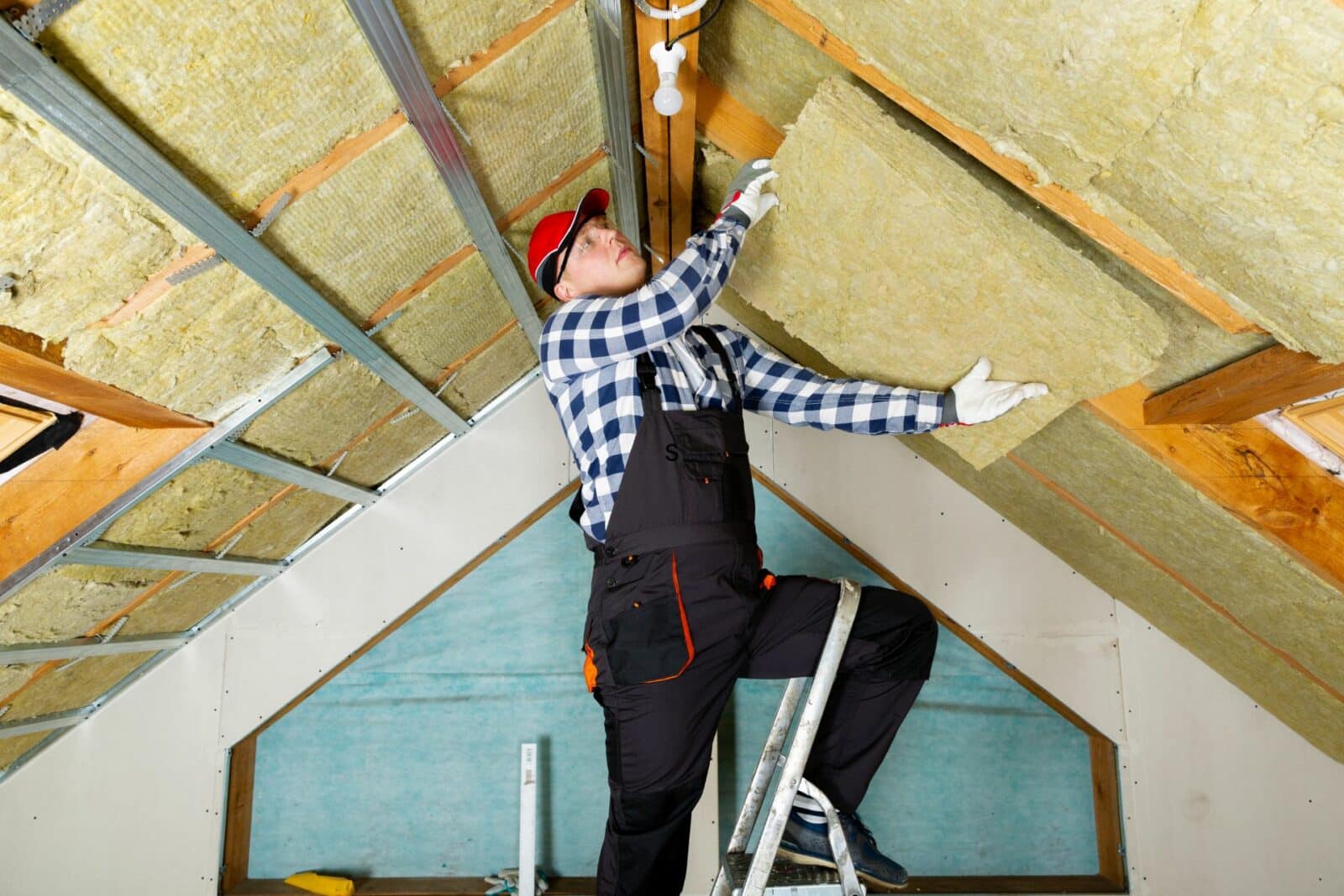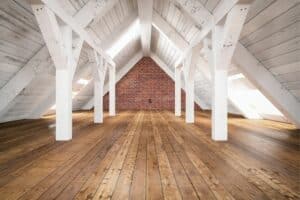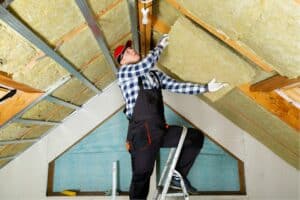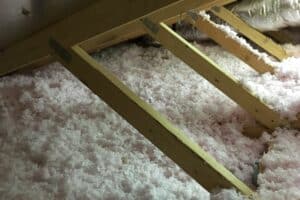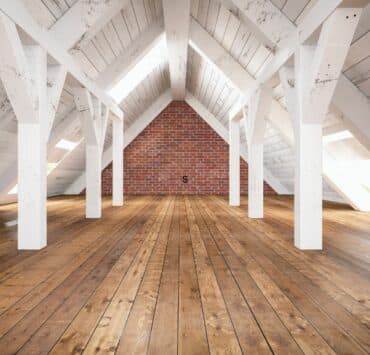When it comes to home insulation, many homeowners often overlook a critical area—the attic door. Proper insulation around your attic door can make a significant difference in maintaining consistent indoor temperatures, reducing energy consumption, and ensuring your home’s overall comfort. In this article, we’ll delve into the world of attic door insulation, exploring its benefits, installation methods, and the various options available.
Attic Door Insulation: A Key to Efficiency
An insulated attic door is an often underestimated aspect of energy-efficient homes. By preventing unwanted heat transfer and maintaining a well-sealed attic access point, you can create a more comfortable living environment and save on energy costs. Let’s dive into the details of attic door insulation.
Why Insulate Your Attic Door?
Insulating your attic door offers several key benefits:
Energy Efficiency
An uninsulated attic door can be a significant source of heat loss during colder months and heat gain during warmer months. Insulation helps create a thermal barrier, preventing temperature fluctuations.
Improved Indoor Comfort
A well-insulated attic door contributes to maintaining consistent indoor temperatures, enhancing the overall comfort of your living spaces.
Enhanced Air Quality
Insulation helps prevent outdoor pollutants and allergens from entering your home through gaps around the attic door.
Attic Door Insulation Options
Several insulation materials and methods can be used to effectively insulate your attic door:
Weatherstripping
Apply adhesive-backed weatherstripping along the edges of the attic door frame to create a tight seal. This method is affordable and relatively easy to install.
Insulation Blankets
Insulation blankets or panels can be attached to the back of the attic door, providing an additional layer of protection against heat transfer.
Spray Foam
Spray foam insulation can be used to seal gaps around the attic door frame, creating an airtight barrier that prevents air leakage.
LSI Keyword: “Types of Attic Door Insulation”
DIY vs. Professional Installation
While some homeowners opt for DIY attic door insulation, professional installation offers several advantages:
Expertise
Professionals have the knowledge and experience to ensure proper insulation and airtight seals, maximizing energy efficiency.
Customization
Professionals can tailor the insulation solution to your specific attic door type and size.
Time and Efficiency
Professional installation often takes less time and provides more consistent results compared to DIY methods.
Attic Door Insulation Savings
Investing in attic door insulation can lead to significant energy savings over time:
Reduced Energy Bills
Preventing air leakage through the attic door helps maintain indoor temperatures, reducing the need for constant heating or cooling.
Extended HVAC System Lifespan
Less strain on your heating and cooling systems due to consistent indoor temperatures can prolong their lifespan.
LSI Keyword: “Attic Door Insulation Benefits”
Frequently Asked Questions (FAQs) About Attic Door Insulation
Can I insulate an existing attic door?
Yes, you can retrofit insulation to an existing attic door using various methods like weatherstripping or insulation blankets.
Will insulating the attic door help with noise reduction?
Yes, insulation can help reduce noise transmission through the attic door, making your home quieter.
Is professional installation necessary for attic door insulation?
While DIY methods are possible, professional installation ensures optimal results and long-term energy savings.
How long does it take to recoup the cost of attic door insulation?
The payback period varies, but you can expect to see energy savings within a few years.
Conclusion
Attic door insulation is an essential aspect of creating an energy-efficient and comfortable home. By preventing heat transfer, improving indoor comfort, and reducing energy consumption, proper attic door insulation offers numerous advantages. Whether you choose to install insulation yourself or hire professionals, investing in attic door insulation is a step towards a more efficient and enjoyable living environment.
